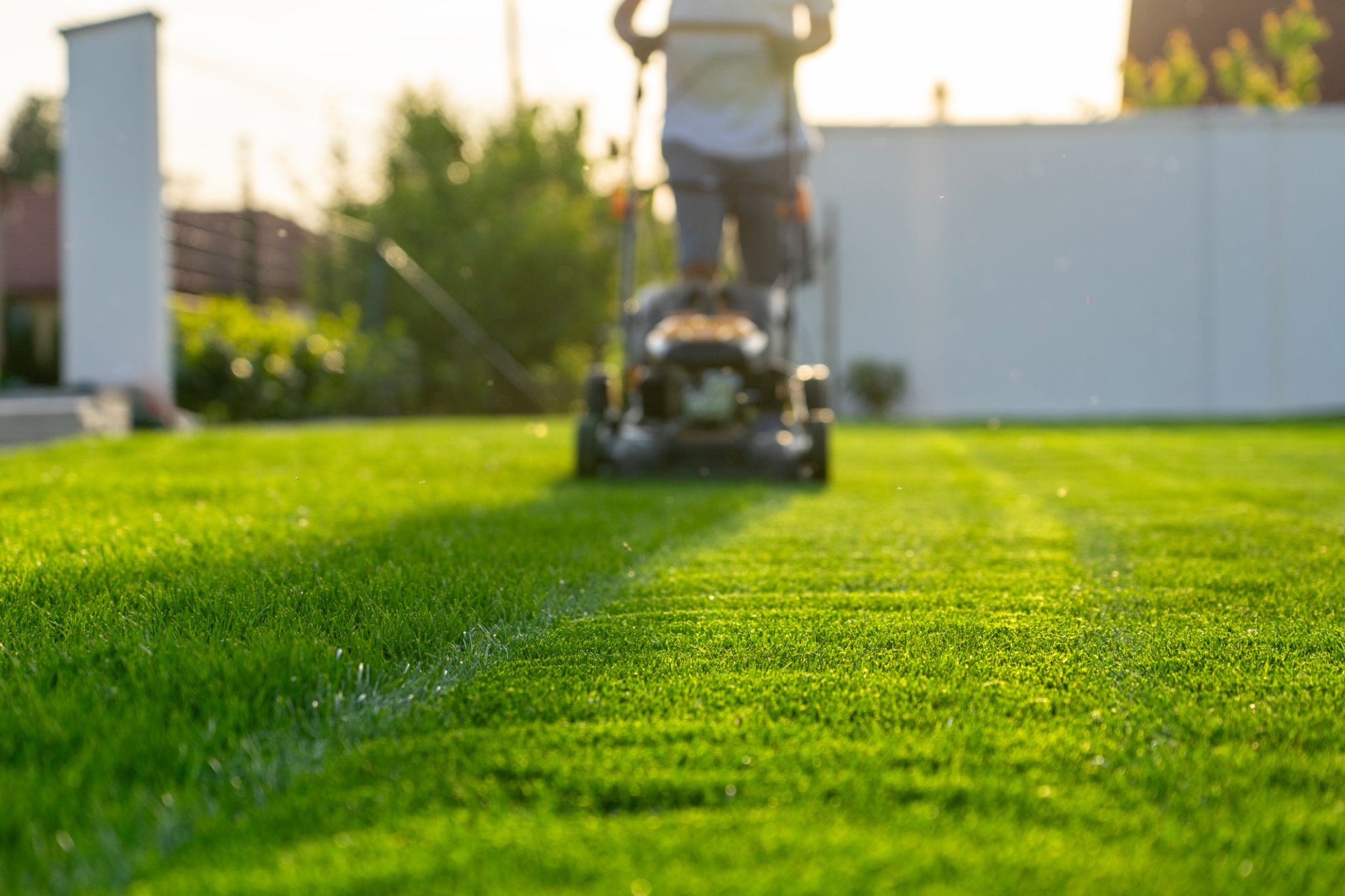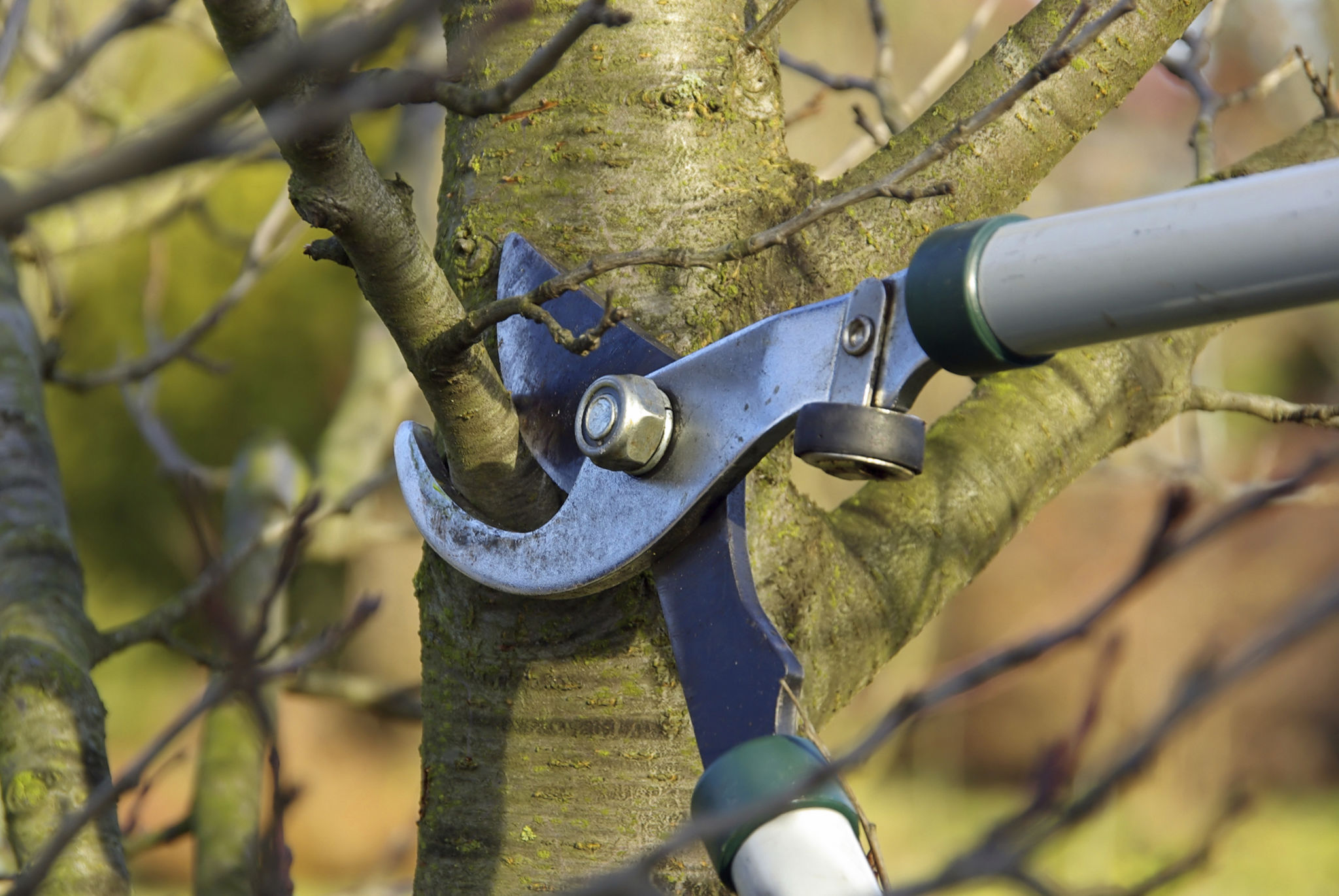Seasonal Landscaping Tips for Fall in Oregon
Preparing Your Lawn for the Cooler Months
As the vibrant hues of summer begin to fade, fall arrives in Oregon, bringing with it a unique set of landscaping challenges and opportunities. The cooler temperatures and increased rainfall make it an ideal time to prepare your lawn for the coming months. Begin by aerating the soil, which allows water, air, and nutrients to penetrate deeper into the roots. This process helps your grass develop a robust root system, ready to withstand the winter chill.
After aeration, consider overseeding your lawn. This helps fill in any bare patches and increases the density of your grass. Choose a seed mix that is well-suited for Oregon's climate, focusing on varieties that thrive in cooler temperatures. Fertilizing is another key step; applying a slow-release fertilizer high in potassium will strengthen your lawn and improve its resilience against frost.

Falling Leaves: More Than Just a Nuisance
The colorful cascade of falling leaves can be both a beautiful sight and a major chore. However, these leaves provide a valuable resource for your garden. Instead of bagging them up for disposal, consider using them as mulch or compost. Leaves can be shredded and spread over garden beds to retain moisture, suppress weeds, and add nutrients to the soil as they decompose.
If you're concerned about smothering your grass, remove excess leaves regularly. A light layer can remain on the lawn to decompose naturally, contributing organic matter back into the soil. This method is both environmentally friendly and beneficial for the health of your garden.

Pruning and Planting: Timing is Everything
Fall is an excellent time to prune trees and shrubs, as it encourages new growth in the spring. Focus on removing dead or diseased branches first, then shape your plants as needed. Be cautious not to over-prune, as too much cutting can stress plants and reduce their winter hardiness.
This season is also ideal for planting perennials, trees, and shrubs. The cooler weather reduces transplant shock, while the soil is still warm enough to encourage root growth. Consider planting native species that are adapted to Oregon's climate for a low-maintenance and environmentally friendly landscape.

Preparing Your Garden Beds
As you put your garden to bed for the winter, take time to clean up any plant debris and weeds. This prevents pests and diseases from overwintering in your garden beds. Once cleared, apply a thick layer of mulch to protect the soil from erosion and temperature fluctuations.
Planting cover crops like clover or rye can also be beneficial. These crops prevent soil erosion, suppress weeds, and add organic matter back into the soil when tilled under in the spring. Cover crops are a simple yet effective way to maintain soil health during the dormant months.
Winterizing Garden Tools
Caring for your gardening tools is an essential part of seasonal landscaping. Before storing them away for the winter, clean all tools thoroughly to remove dirt and sap. Sharpen blades and oil any moving parts to prevent rusting during the damp months ahead.
Consider storing tools in a dry location or using protective covers to extend their lifespan. Well-maintained tools will not only last longer but also make gardening tasks more efficient in the long run.

Conclusion: Embrace the Season
By following these seasonal landscaping tips, you can ensure that your garden remains healthy and vibrant throughout fall and beyond. Embrace the changing season as an opportunity to enhance your outdoor space, preparing it for the beauty of spring.
With a little preparation and care, your Oregon landscape can thrive year-round, providing a beautiful backdrop to enjoy no matter the season.
